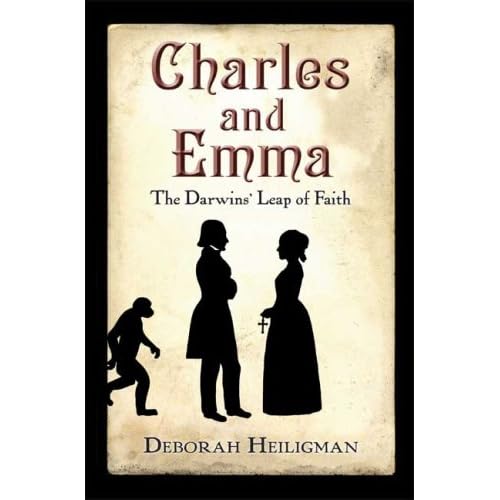
I've used anticipation guides for two of the texts I teach. One is Arthur Miller's The Crucible. I chose to use an anticipation guide before reading and acting out this play with students because I wanted them to have some common ground with the characters in the play. Because this play is set so far in the past, I wanted to make sure that its basic issues and themes did not get lost in the translation from the world of the Puritans to our modern American culture. I used this strategy in conjunction with a Think-Pair-Share. This pairing worked quite well and prompted good conversation. We looked at these questions later in our reading and answered the same questions again from the point of view of the main characters. It was valuable to hear students' reflections on the similarities and differences between their opinions and the choices and opinions of the main characters.
I used this same strategy to lead into Suzanne Collins' The Hunger Games. I decided on this activity to start the book because there are several controversial issues presented in the text and I wanted students to be prepared. I used this strategy with senior students, and their discussion was so heated during our first conversation that I decided to revise my plan and break our discussion into more than one class. Luckily, a weekend and an outdoor discussion activity cooled the opinions of the more upset students.















